Small Ideas Make a Big Impact in Patient Care
Published Tuesday, April 29, 2025
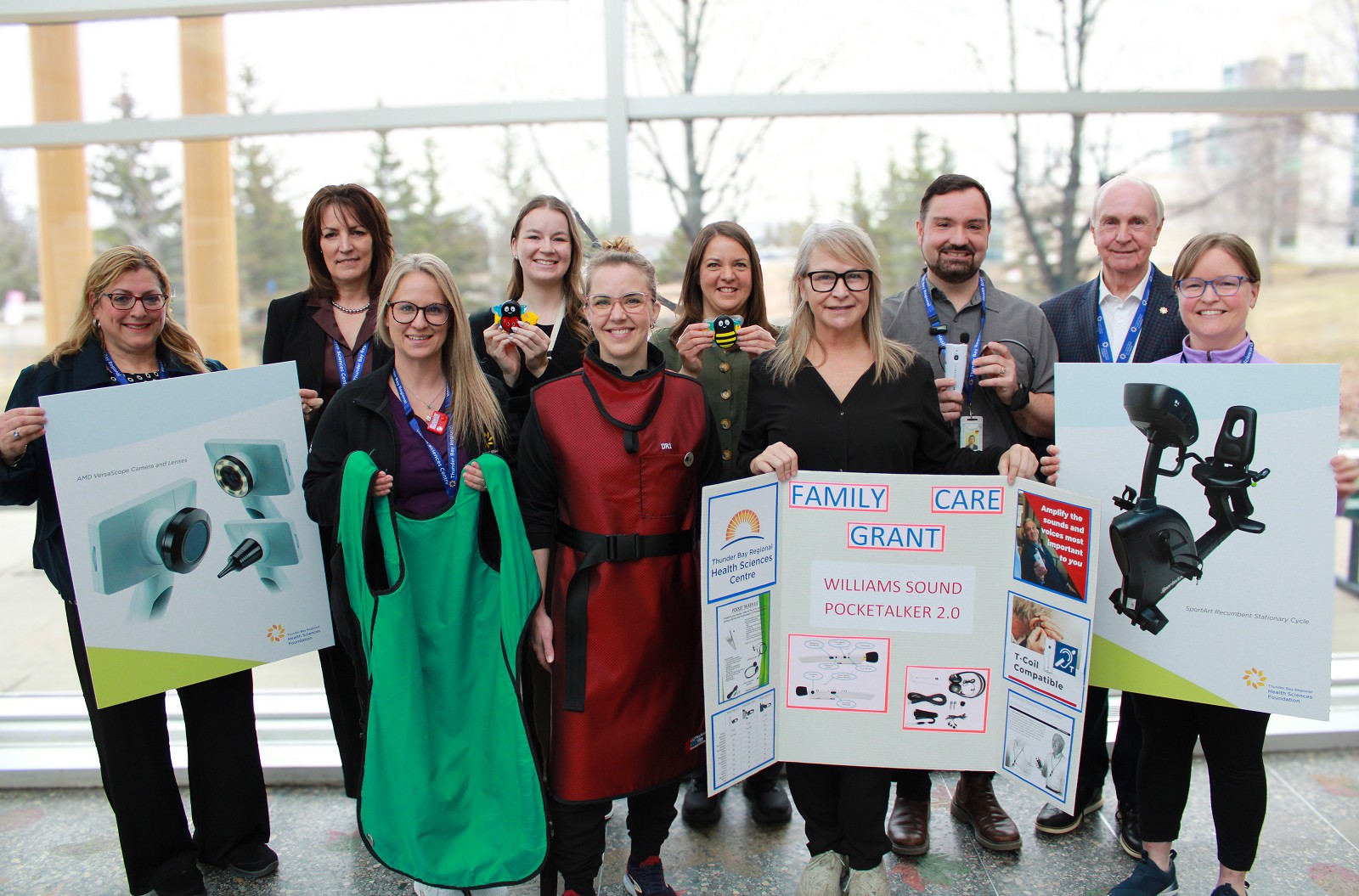
Thanks to donor generosity, frontline staff at Thunder Bay Regional Health Sciences Centre celebrated 74 new Family CARE Grant projects all focused on improving care for patients and families.
Every day, frontline staff at the Thunder Bay Regional Health Sciences Centre see firsthand the small changes that could make a big impact on patient care. Thanks to the Family CARE (Care Advancement Recommended by Employees) Grants program, they have the chance to turn those ideas into reality.
Now in its 16th year, the Family CARE Grants program continues to empower hospital staff to implement meaningful improvements that enhance both patient care and their working environment.
This year, 74 grants have been awarded, totalling $139,265.00, thanks to the generous support of donors, including a $15,000 contribution from the Thunder Bay Regional Health Sciences Centre Volunteer Association. These funds are supporting the purchase of a range of equipment, comfort items, and tools, all chosen to make a real difference for patients and healthcare providers. While each grant may seem small on its own, their combined impact is significant.
"Year after year, the Family CARE Grants program continues to make a meaningful difference, one grant at a time," says Barry Streib, Director of the Thunder Bay Regional Health Sciences Foundation and Chair of the selection committee. "It's truly inspiring to see the care and creativity hospital staff put into finding new ways to support patients. This program helps turn those ideas into real improvements, making the hospital experience better for staff, patients and families in so many meaningful ways."
Dr. Rhonda Crocker Ellacott, President and CEO of Thunder Bay Regional Health Sciences Centre and CEO of Thunder Bay Regional Health Research Institute, expressed appreciation to staff for submitting ideas and funding applications to enhance patients' and their families' experiences. “Each year, I am impressed with the innovative ideas submitted to the Family CARE Grants program. Applications from staff reflect their commitment to better the care experience for patients and families. Thank you to the Foundation and the donors for supporting our vision of exceptional care for every patient, every time."
Some of the items making a difference this year include:
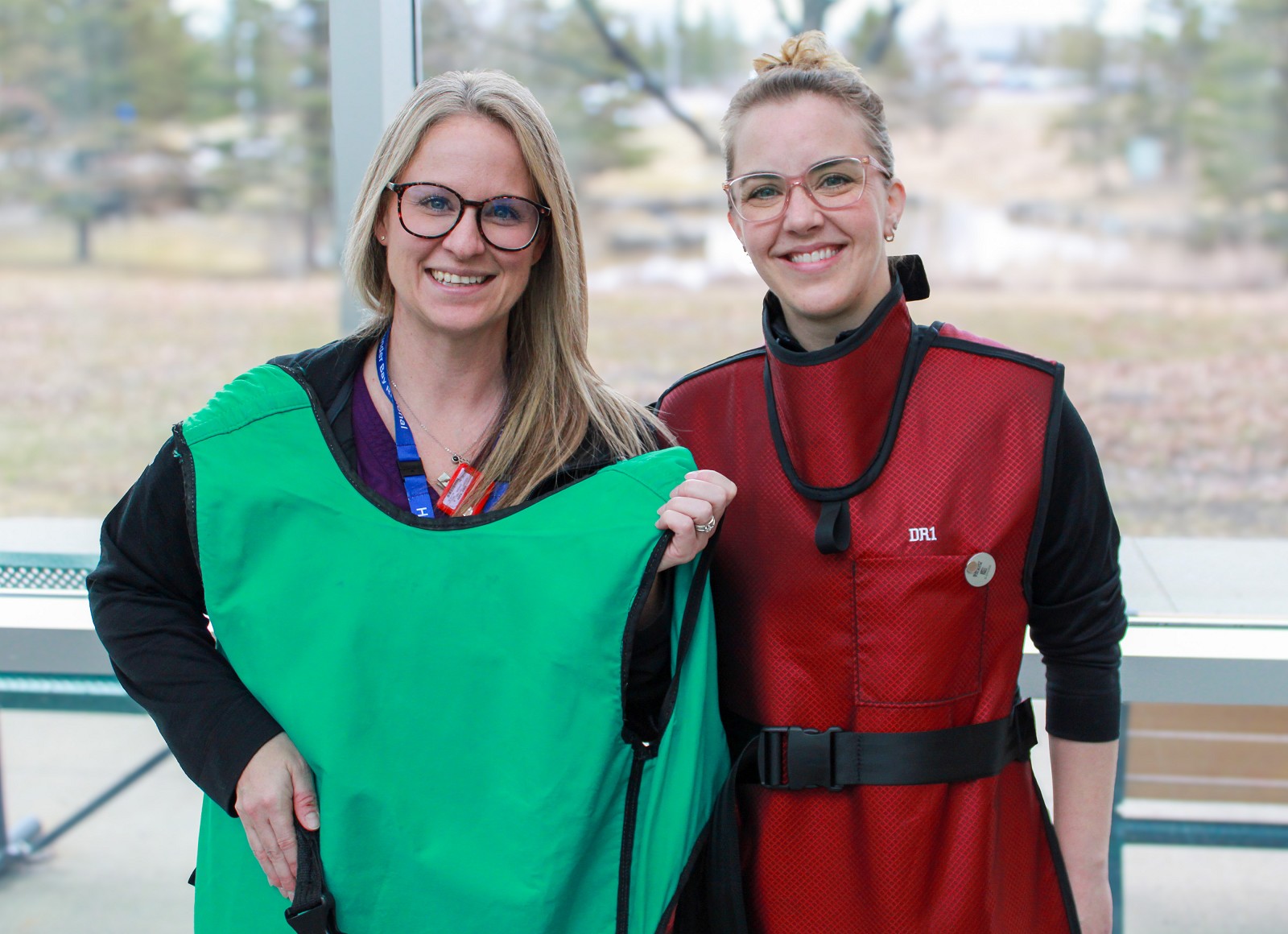
-
Four updated lead aprons for X-Ray Diagnostic Imaging will provide safer, more comfortable protection for caregivers, especially when assisting paediatric patients during exams. Unlike the outdated versions, these aprons feature adjustable straps, buckle closures, and attached thyroid collars for a secure fit and improved radiation protection.
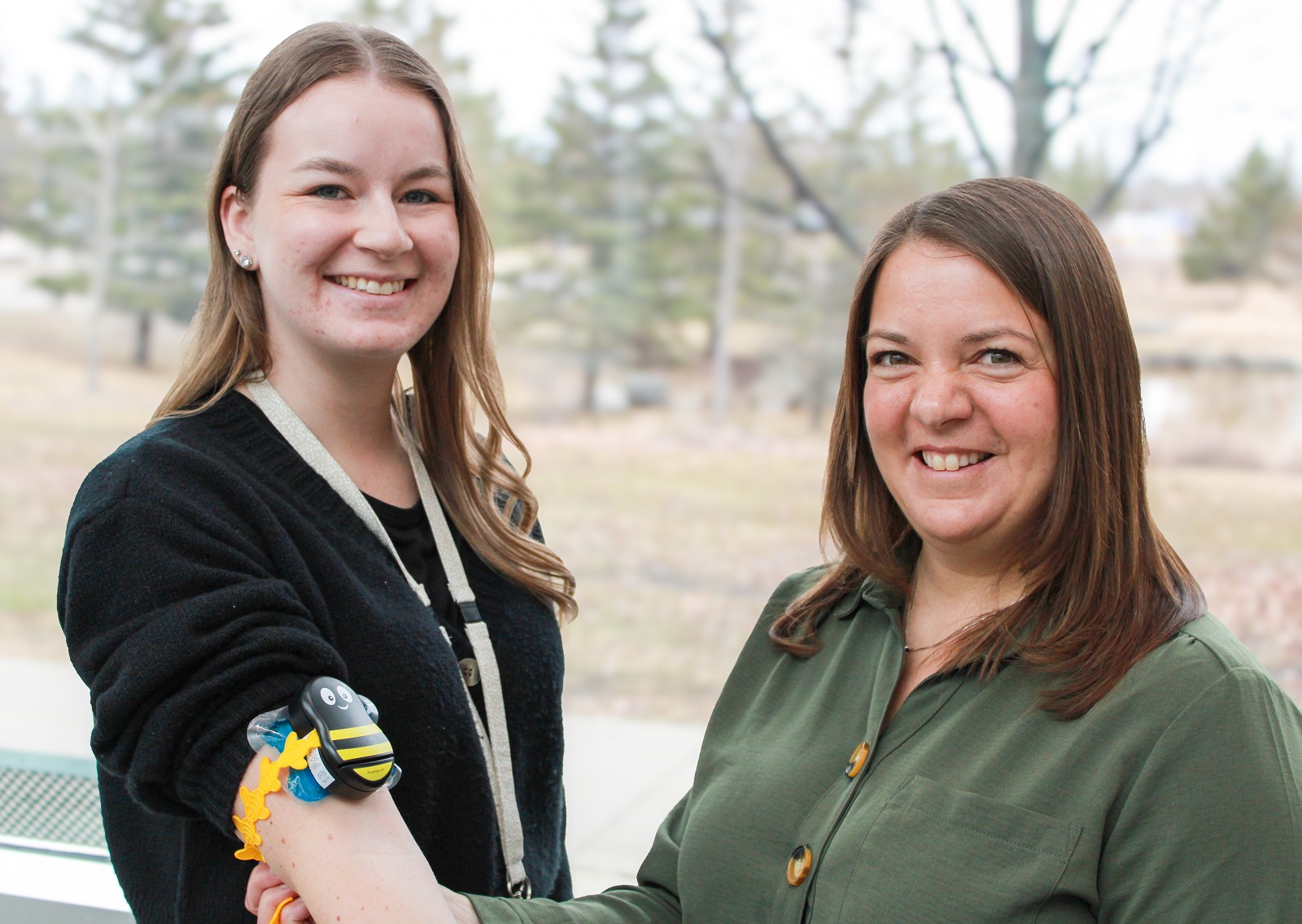
-
Four Buzzy Needle Pain Relief devices for Paediatrics, shaped like a bee or ladybug, use vibration and cold to distract patients, particularly children during needle procedures, helping to reduce pain, stress, and anxiety.
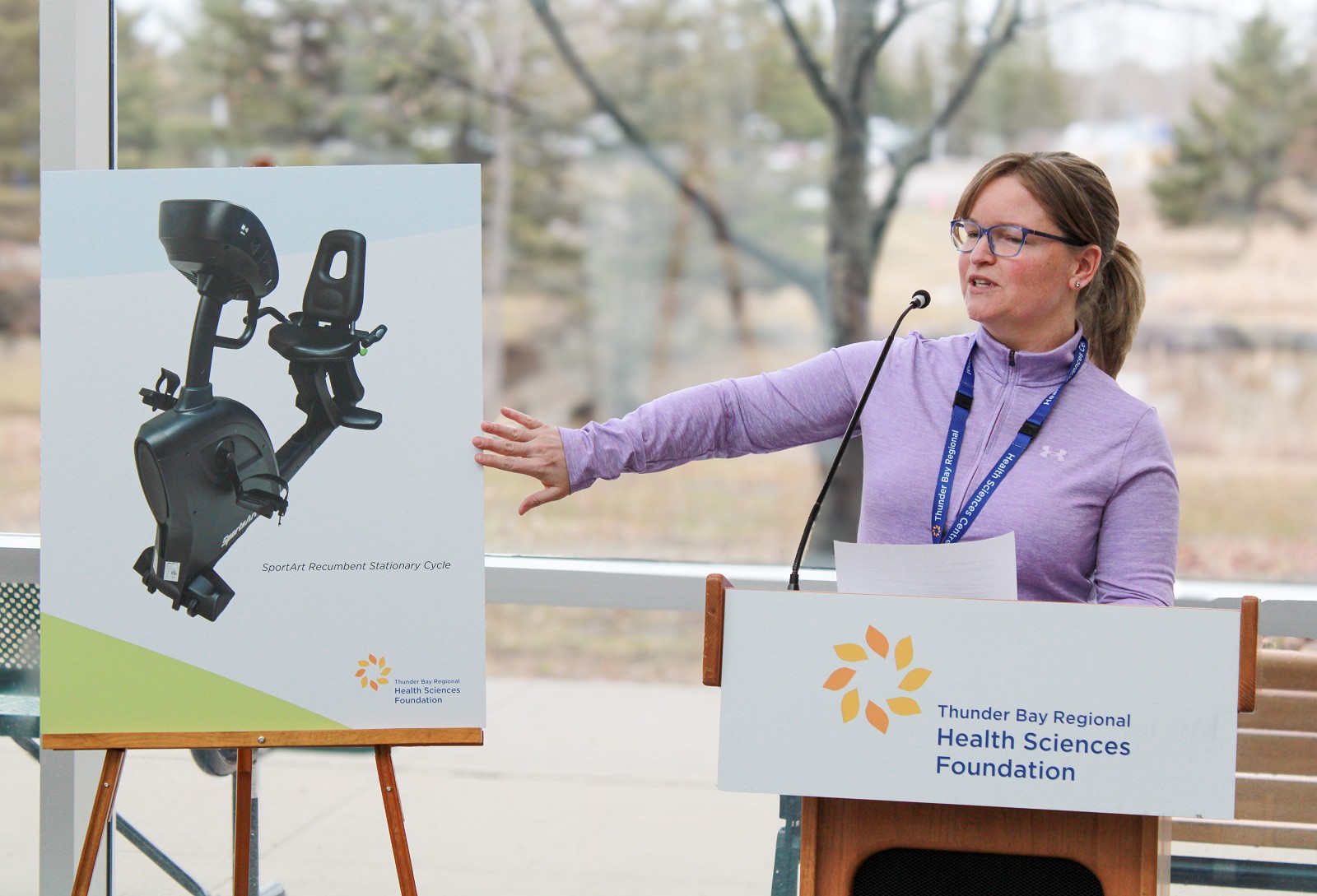
-
A recumbent stationary bike will offer safe, low-impact exercise for bariatric patients, providing onsite education and support to help families, especially from northern communities, gain confidence for at-home or community-based exercise.
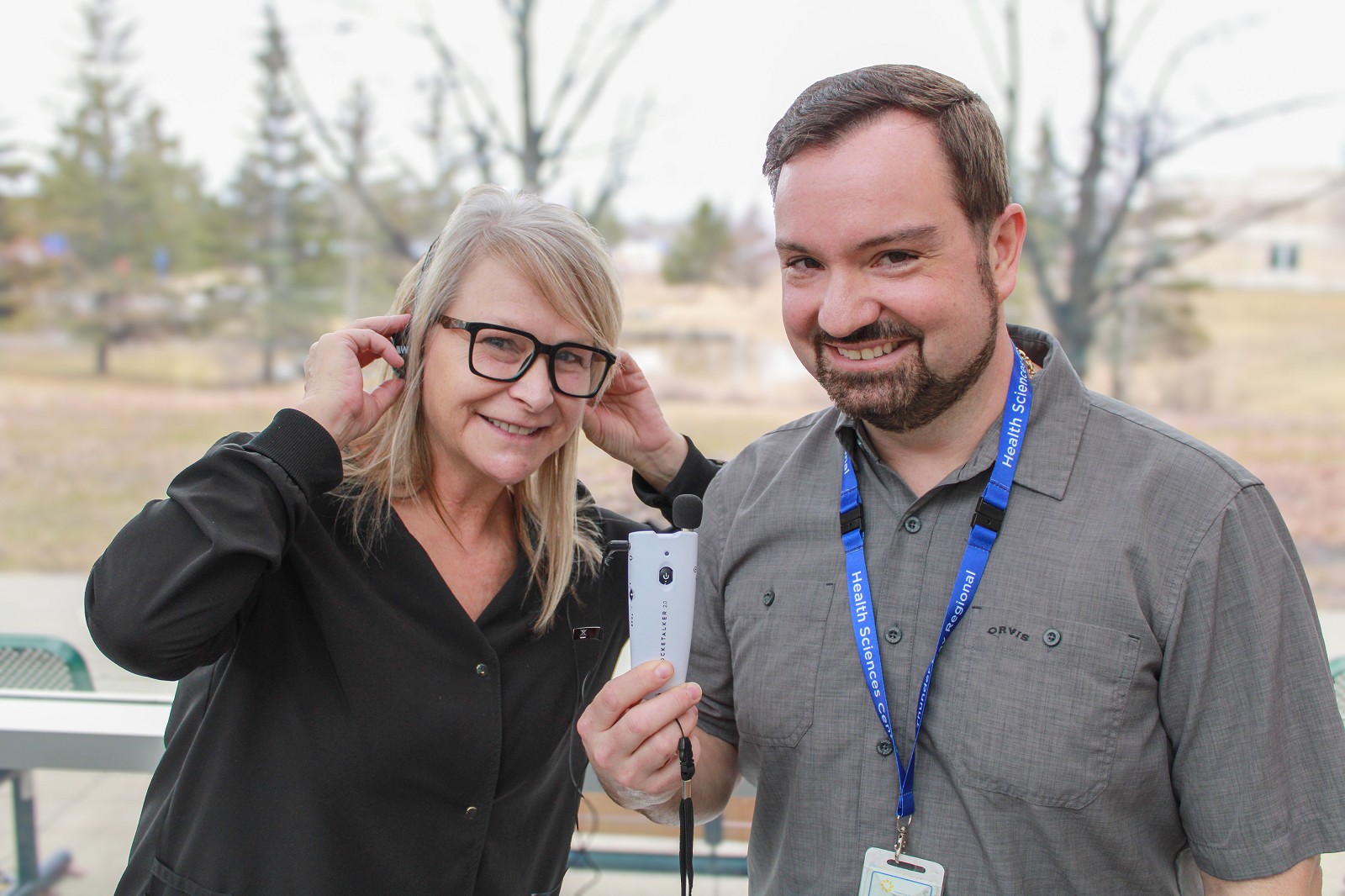
-
Five Williams Sound Pocketalkers for Utilization and Patient Flow will amplify sound and reduce background noise, helping hard-of-hearing patients clearly hear important information about their care.
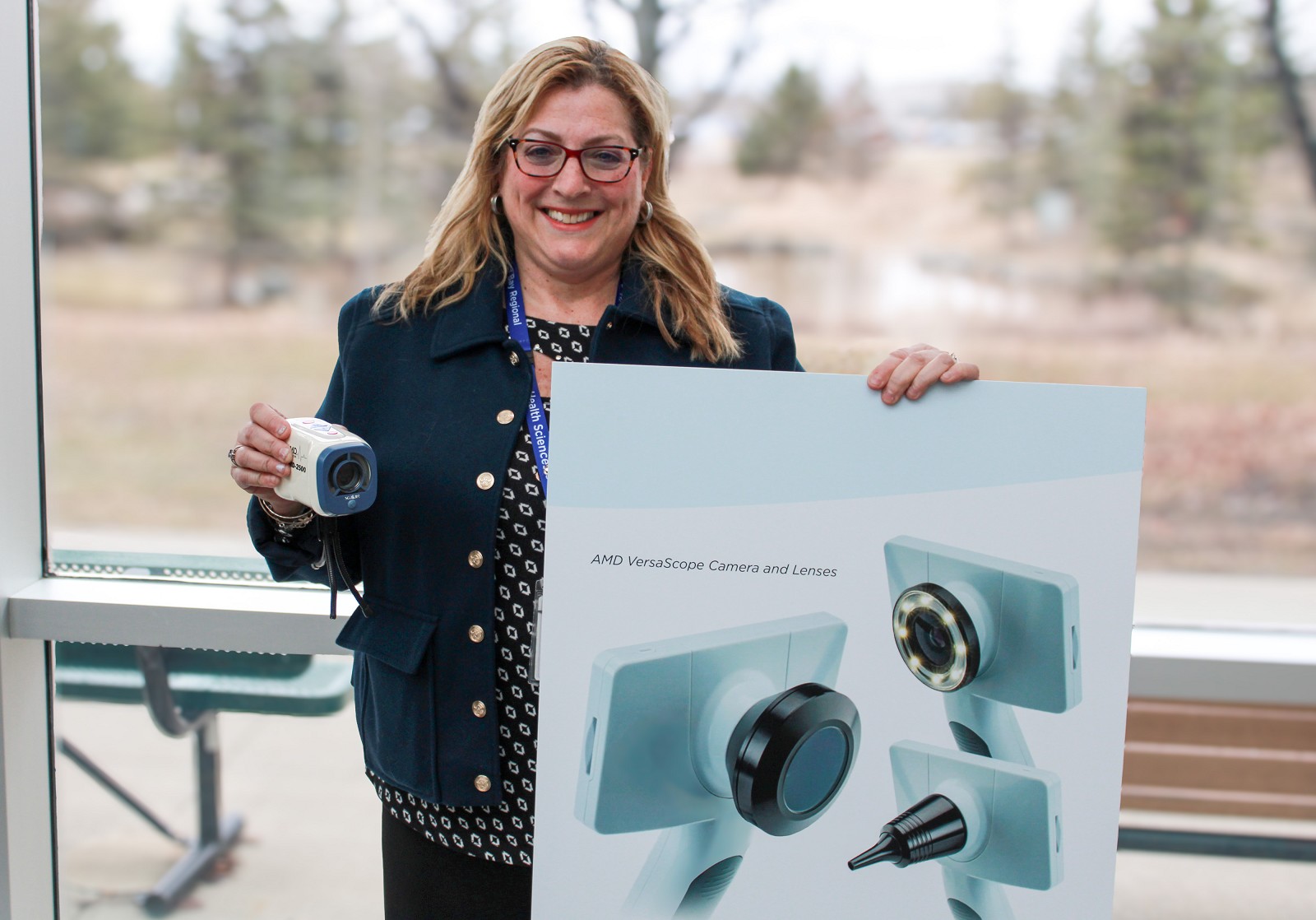
-
A new VersaScope Camera for Telemedicine will enhance patient care by providing high-resolution, real-time images to remote specialists. It enables accurate assessments of skin, wounds, burns, veins, oral airways, neurological conditions, and joint range of motion, ensuring better diagnoses and treatment.
For ICU patients who are intubated or tracheostomized, communication barriers can cause frustration, anxiety, and isolation. Twenty-two Boogie Reusable Writing Boards will help give these patients a voice, with an erasable surface and stylus-compatible design that make it easier to express needs, feelings, and concerns, easing emotional stress during care.
“Improved communication can lead to better assessment of patient comfort, more accurate pain management, and enhanced emotional support from healthcare providers,” says Vanessa Kroeker, PT, Thunder Bay Regional Health Sciences Centre. “When not in use by patients, these boards also become a helpful tool for nurses, allowing them to quickly jot down vital signs and critical information at the bedside to support efficient patient care.”
These are just some of the examples of how ‘the little things' can help enhance better patient care at the hospital. See the full list of 2024-2025 grants here: healthsciencesfoundation.ca/familycare.